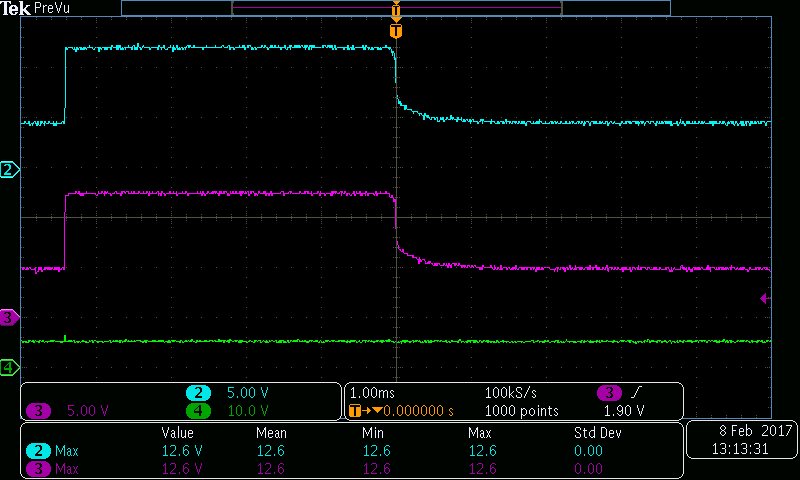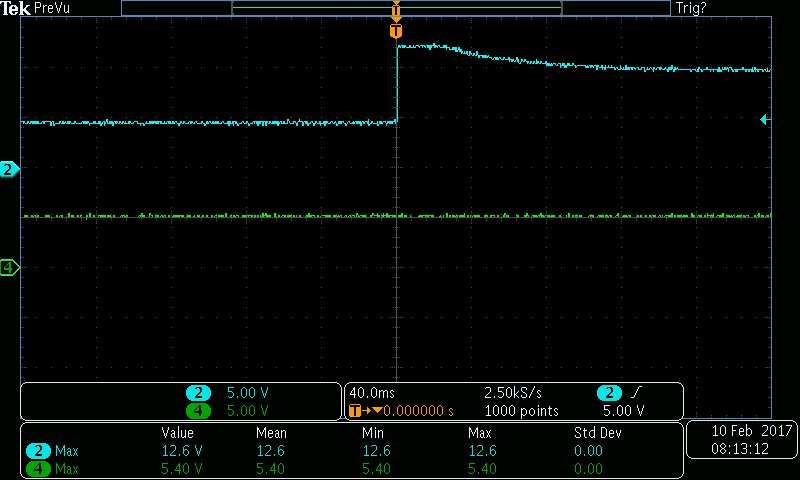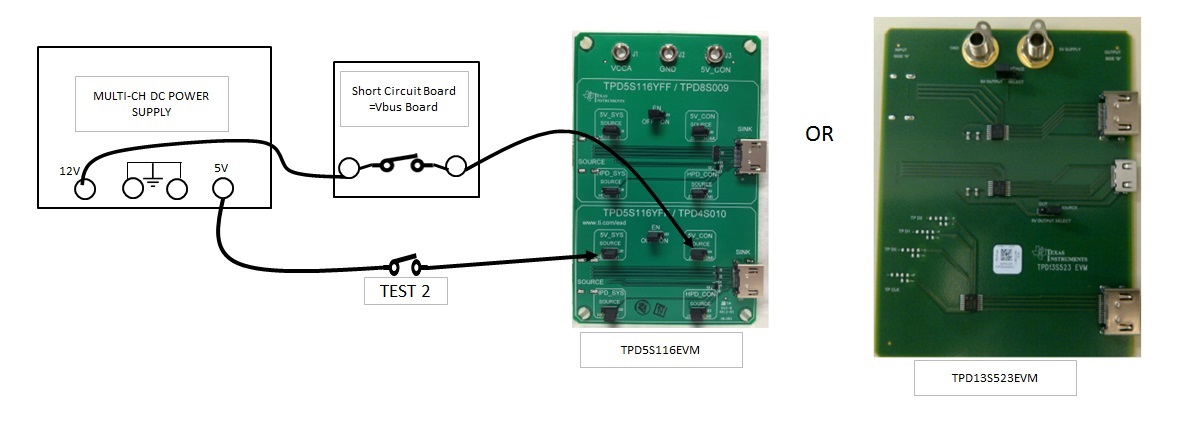Other Parts Discussed in Thread: TPD5S116
Dear Sirs,
My customer asked us about behavior in short mode of TPD13S523 .
I found the following description about the short mode of 5 V OUT and GND.
The short-circuit protection at 5V_OUT ensures that the device is not damaged in case there is an accidental short to GND.
So, what happens to the short mode of 5V_OUT and Power Supply(VCC Voltage)?
Best Regards,
Y.Hasebe





